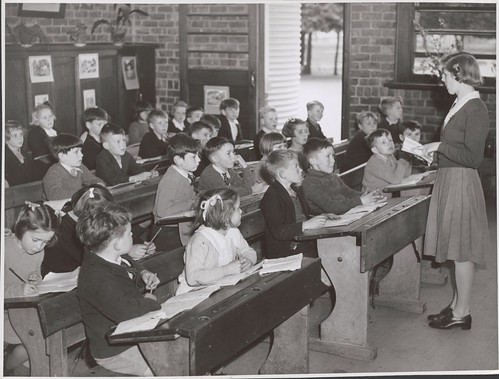Time Travel – a Doctor Who-esque phenomenon that has been a fantasy to many for thousands of years. But it turns out that we have been doing it all along. How? You might ask. The answer is simply light, the five-letter word that we all take for granted. Light has been enabling us to see way back in time for ages and ages, literally.
Take the big bang for example. We have learned that we can see right back until a few million years before the Big Bang and it occurred 13.8 BILLION years ago. So how is this possible?
Let us put the universe into perspective: if you were to drive on one straight road around the Earth at its largest circumference, 24,900 miles, at an average on 60 mph it would take 415 hours – 17 and a half days (Quora.com). We are just one planet in our solar system made up of 8 planets in which we are the fifth smallest – Jupiter being the largest at 1120% of our size (universe today.com). Feel small yet? Well our solar system orbits around just one start in our Galaxy – the Milky Way. There are approximately 100,000,000,000 stars in our galaxy. That means we are 1 in 100,000,000,000… feel small now? But that is just a galaxy, galaxies make up our universe – in fact, 100,000,000,000 galaxies make up our universe. This colossal number of stars has intrigues people to put this into perspective, people like Carl Sagan who came to the conclusion that there are in fact more stars in the universe than grains of sand on all the beaches and deserts on Earth COMBINED (outerplaces.com)
So now we know roughly just how big our universe is we can now begin to understand why we can see back in time. Because our universe is so exponentially massive, the time it takes for light to be emitted from a source and then to reach a telescope on Earth is astronomical. This distance is measure in light years – the equivalent distance that light travels in one year. So, if a star is millions of miles away that is emitting light we will not see that light until the amount of light years it takes for that light to reach us, therefore we are seeing the light that has been emitted in the past. Between the time it takes for the light to be given off and then to meet our telescope, that star could cease to exist and we would not know until the light no longer reached us, light years later. Hence, we are seeing back in time.
If you wanted to see back in time you don’t need a Tardis, your answer is all in light.
https://www.quora.com/If-you-were-to-drive-around-the-world-how-long-would-it-take
https://www.universetoday.com/36649/planets-in-order-of-size/


